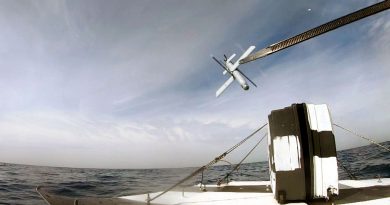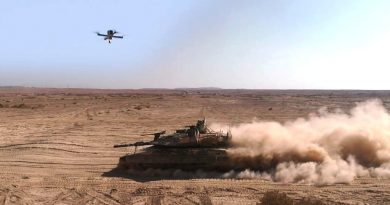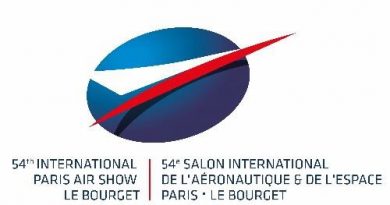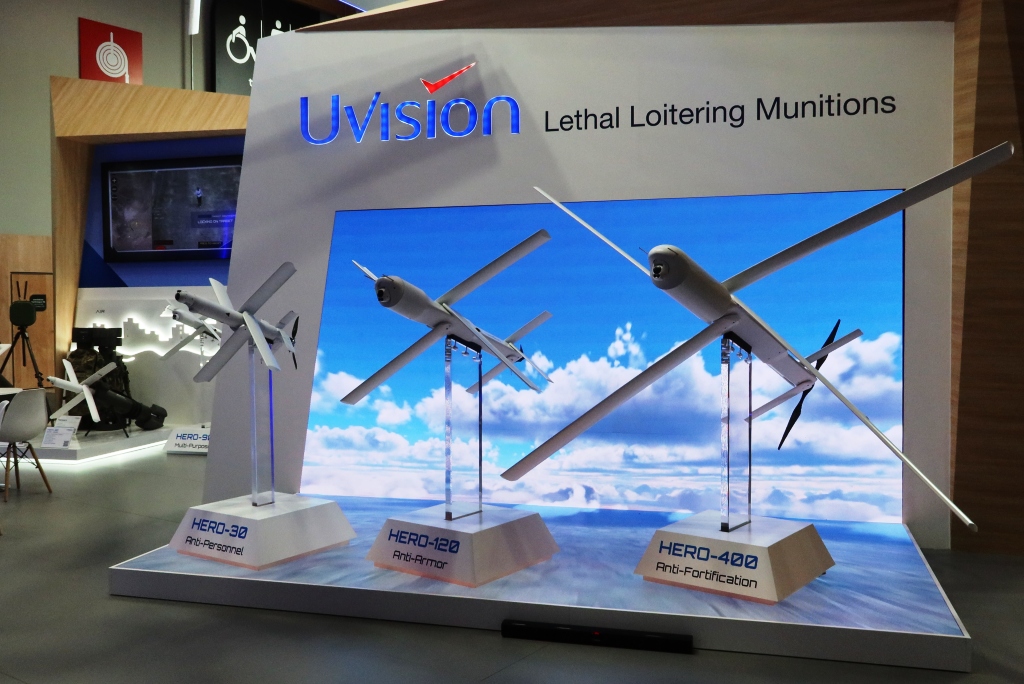
PAS 2023 – UVision introduces new manportable loitering munitions following the market trend
The leading company in the loitering munitions (LM) field, with its Hero family, UVision of Israel is scaling its products towards manportable as well as towards high-end systems, to follow customers’ requirements
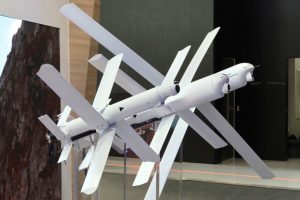
The current trend in the loitering munitions (LM) field is going in two directions, on one hand the requirement is for manportable systems, while on the other heavy long-range systems are needed, these being installed on vehicles, “ Yair Ramati, Chairman of the UVision Board of Directors tells EDR On-Line during a meeting at the Paris Air Show. The conflict between Russia and Ukraine highlighted the need for affordable stand-off precision systems, capable to replace in many cases air-launched missiles which are more expensive and put at risk pilots’ lives. UVision catalogue includes the HERO-1250 and HERO-900, however EDR On-Line understood that these were awaiting a customer before being moved into full development. The moment has probably arrives, although UVision did not commented on the development status of its longer range LMs.
According to available information the HERO-1250 has a range of over 200 km, and can fly for up to 10 hours carrying a 50 kg warhead over a weight of 155 kg- Powered by a diesel/hybrid engine, it carries three electro-optic gimbals that allow it to gather information during the mission, electronic warfare systems being also installable. Lighter, 110 kg at launch with a 30 kg warhead, the HERO-900 has a range in excess of 150 km and a 6 hours flight time, has a similar power pack and carries only one E/O gimbal. Both are launched by a ramp. .
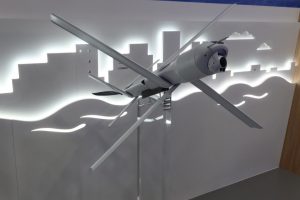
Following the requests of some customers, who required an intermediate system between the 3.5 kg HERO-30 and the HERO-120, UVision developed the HERO-90, which was unveiled at the Paris Air Show. The weight is halved, 9 kg at launch compared to the 18 kg of the HERO-120, while range and endurance performances are slightly reduced, respectively over 40 km compared to 60 km and 45 minutes compared to one hour. What is scaled down is the warhead, which is now of over 1.5 kg compared to the 4.5 kg of the HERO-120, however this is well sufficient to neutralise main battle tanks especially hitting them in top-attack mode. Its architecture is the same of the bigger system, with cruciform wings and electric propulsion, CEP remaining 1 metre. According to Mr. Ramati the HERO-90 is in advanced stage of development. The new manportable HERO, which can be made ready for launch in less than two minutes, will allow infantry to carry a higher number of munitions for a given weight, its weight with canister being 12 kg.
As for the bigger HERO-120, this fully developed and in-service munition was recently tested in new demanding conditions; trials were carried out in Finland, in arctic temperatures, while other tests took place in India, where the UVision LM was used at altitudes up to 5,500 metres. In the last months the HERO-120 was also launched from a helicopter in the United States, opening up new possibilities.
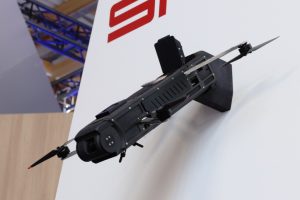
In May 2022 UVision acquired part of the shares of SpearUAV, this company being specialised in the development of autonomous, AI-based technology for encapsulated SWARM-based UASs. At the Paris Air Show its Viper hovering loitering munition made its first presence at a major international exhibition. “It is not a drone but an eye-in-the-sky for the individual soldier at Echelon 0 level,” the company underlines, as it provides the soldier the capability to to observe over a hill or in urban canyons, remaining hovering for a sufficient time to ensure target acquisition and, if needed, dive on it, exploding the warhead and neutralising it.
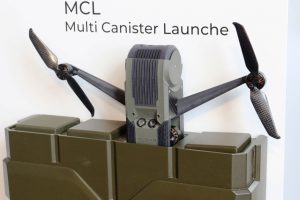
At around 2.5 kg, the Viper is launched from a canister thanks to a launch system that remains unveiled, the canister being reusable by simply replacing the launch system. Once the air vehicle leaves the canister four arms open up, each carrying an electric motor and a rotor that provide the necessary lift to allow the Viper to remain airborne for around 20 minutes, the system operating at a maximum range of 5 km. Very simple to operate according to the company, once airborne, the Viper flies over the target and thanks to the data link it provides imaging to the wearable control station. At the front of the system we find the optronic suite, which is followed by the payload. The lethal warhead weighs around 300 grams and is designed to be effective against personnel as well as soft skinned vehicles. The dual visual band and infrared sensor allows the operator to unmask targets, search being visually carried out at around 50 metres above ground to have a wide view, or lower such as in urban areas. Once acquired the target, if the decision is to neutralise it the operator can refine the aim in order to maximise damages. Other types of warheads, such as less-than-lethal and electronic warfare can be provided, a multicanister launcher with four munitions ready for launch being also unveiled at the Paris exhibition.
EDR On-Line understood the Viper has already bagged at least one customer, different versions being provided as SpearUAV is ready to customise the product according to services requirements.
Photos by P. Valpolini

